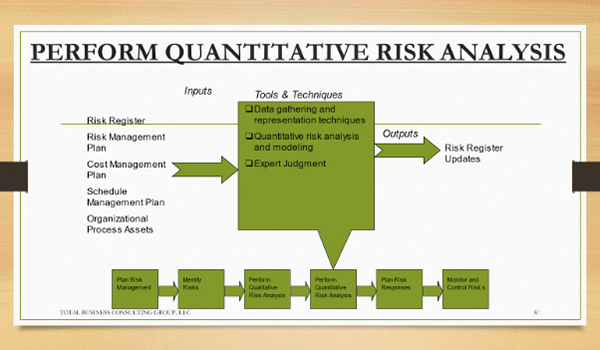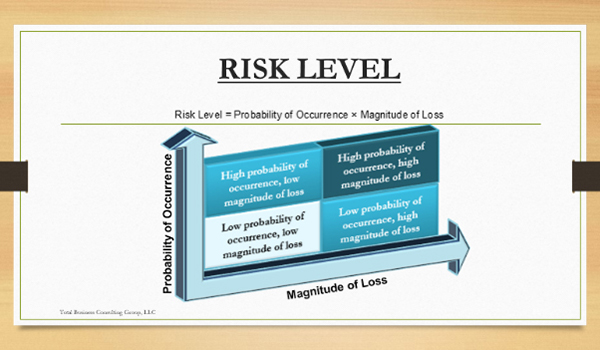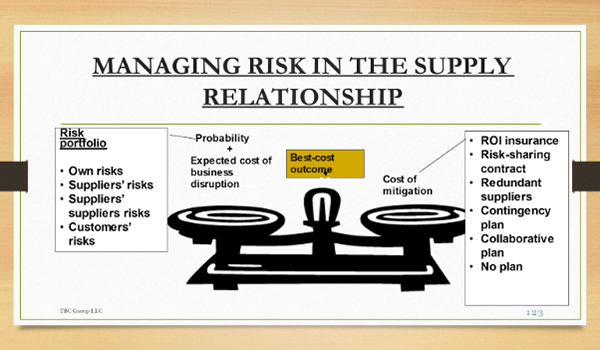What we will discuss in this article are the tools and respective functionality we need to consider employing. Each of the following steps make up the RISK MANAGEMENT PROCESS:
- Risk Identification
- Risk Analysis
- Risk Evaluation
- Implement an Action Plan
- Measure & Correct
RISK IDENTIFICATION: The third article, "RISK IN PROCUREMENT" provided detail information on such. Below is a summary reminder of such:
- Loss of goods, reputation, or money (fraud, corruption, bribery or theft)
- Loss of Intellectual Property
- Losses from lawsuits
- Supplier poor performance – quality, delivery
Tools to aid us in the risk identity process element are:
- DELPHI METHOD – a group decision from EXPERTS via a questionnaire and comparison of their responses, along with a second round of questions regarding the analysis of their responses.
- Another review/analysis of responses to the second round will provide further insight
- The experts will then present their final findings in a CONSENSUS OPINION
- Another review/analysis of responses to the second round will provide further insight
- SWOT ANALYSIS – is a methodology to guide you to identify:
- S = Strengths and W= Weaknesses inside/outside of your organization
- O = Opportunity and T = Threat providing an awareness of your enterprises strategic planning & decision making.
- BRAINSTORMING – PROCESS
- Team of involved personnel
- Present ideas
- Follow rules of brainstorming & respective process steps(SEPARATE FUTURE ARTICLE)
- CAUSE & EFFECT ANALYSIS(SEPARATE FUTURE ARTICLE)
Create a RISK REGISTER:
- It consists of:
- Date identified/experienced
- Description & type
- Likelihood of occurrence
- Severity of effect
- Countermeasures – actions to be taken
- Owner
- Status – being fixed, fixed, or to be fixed
RISK ANALYSIS & EVALUATION: (STAGES 2 & 3 OF PROCESS)

As can be seen in the graphic above, there are both qualitative & quantitative analysis happening. There is an analysis regarding the probability and consequence of each risk – this is depicted in the next graphic denoted below entitled "RISK LEVEL".

This would be used to prioritize which risks should be acted upon – NOTE THAT THOSE FALLING INTO THE UPPER RIGHT QUADRANT would get the priority & then the one to its’ left the next.
ACTION PLAN & MEASUREMENT: (STAGE 4 & 5 OF PROCESS)
The basic Risk Responses/Plans are:
- Avoid – Changing a plan to eliminate risk or its impact
- ACCEPT – Take no action or unable to form a plan
- TRANSFER – Insurance or contractual transfer to supply chain partner
- MITIGATE – Preventative measures to reduce the probability or severity of risks
The management of the risk and the respective plan is best depicted by the final chart/process step of measurement:

This completes the series of articles on RISK MGT. in Procurement. Look for more articles to help address issues in Procurement!